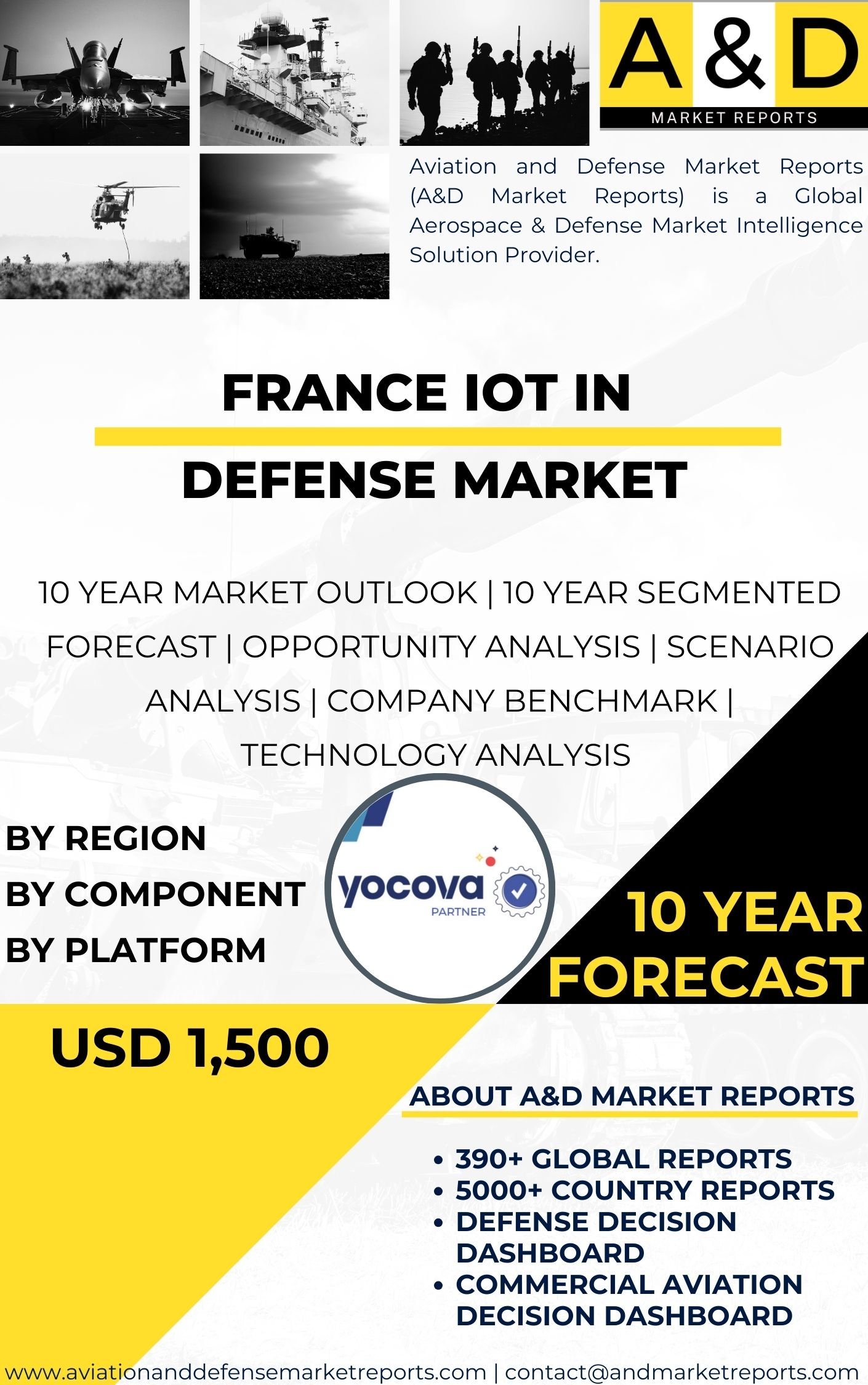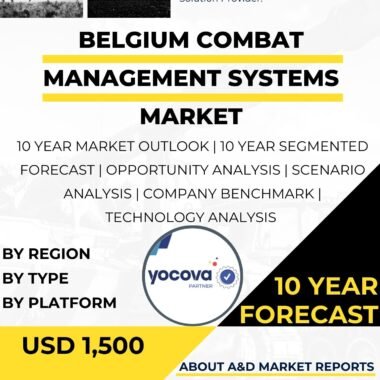Description
France’s adoption of the Internet of Things (IoT) technology in the defense sector represents a significant advancement in its military capabilities. IoT in defense involves the integration of interconnected devices, sensors, and systems to enhance situational awareness, streamline logistics, and improve operational efficiency. This transformative technology enables the French Armed Forces to achieve real-time data-driven decision-making, bolster cybersecurity, and maintain a competitive edge on the modern battlefield.
One of the key areas where IoT is revolutionizing defense operations is in the realm of military asset management. France employs IoT-enabled asset tracking and monitoring systems to manage its diverse inventory of military equipment, including vehicles, weaponry, and logistical supplies. With IoT sensors and tags affixed to assets, the French military gains real-time visibility into the location, condition, and status of its resources, facilitating efficient deployment and maintenance planning.
Moreover, IoT plays a critical role in enhancing maintenance processes for military equipment. IoT sensors embedded within vehicles and aircraft provide continuous monitoring of key performance indicators, such as engine health, fuel consumption, and wear on critical components. This proactive approach to maintenance allows for predictive maintenance, reducing downtime and optimizing the availability and readiness of military assets.
IoT technologies also contribute to improving the safety and security of military personnel. France uses wearable IoT devices, such as smartwatches and health monitors, to monitor the physical well-being of soldiers during training and deployments. These devices can track vital signs, detect fatigue, and issue alerts in case of medical emergencies, ensuring timely responses and potentially saving lives.
Furthermore, IoT enhances the effectiveness of intelligence, surveillance, and reconnaissance (ISR) operations. The integration of IoT sensors and cameras with unmanned aerial vehicles (UAVs) and ground-based surveillance systems enhances the French military’s ability to collect, analyze, and disseminate critical intelligence in real-time. This capability strengthens the country’s situational awareness and intelligence-driven decision-making during operations.
In the domain of cybersecurity, France recognizes the importance of securing IoT-enabled defense systems. As IoT devices expand their presence in the military ecosystem, the risk of cyber threats and vulnerabilities increases. The French Armed Forces employ robust cybersecurity measures, including encryption, authentication protocols, and continuous monitoring, to safeguard against potential cyber attacks and ensure the integrity of sensitive data.
The French defense industry plays a vital role in the adoption of IoT technology in defense applications. Defense contractors collaborate with the government to design, develop, and integrate IoT solutions into military platforms and systems. This collaboration ensures that IoT technologies align with the specific needs of the French military and meet stringent security requirements.
Additionally, France leverages its strong research and development capabilities to drive innovation in IoT technologies. Academic institutions and research centers collaborate with defense industries to explore emerging IoT applications, such as edge computing, swarm intelligence, and advanced data analytics. These innovations have the potential to further enhance the capabilities of IoT in defense operations.
France’s commitment to international defense collaboration extends to IoT in defense. The country actively engages in joint research and development projects with allied nations to share knowledge, expertise, and resources in IoT technologies. These collaborations promote interoperability and facilitate the exchange of best practices in leveraging IoT for defense applications.
Moreover, France’s adoption of IoT technology in defense aligns with its broader commitment to sustainability and resource efficiency. IoT-enabled smart logistics systems optimize supply chains, reduce fuel consumption, and minimize the environmental impact of military operations. This approach contributes to France’s overall goals of sustainability and responsible resource management.
The adoption of IoT in defense also involves addressing legal and ethical considerations related to data privacy and data sharing. France adheres to international laws and regulations governing the collection, storage, and use of data, ensuring that IoT technologies are employed responsibly and ethically.
In conclusion, France’s adoption of Internet of Things (IoT) technology in the defense sector is transforming the way the country approaches military operations. IoT-enabled asset tracking, maintenance processes, and personnel monitoring enhance the efficiency and readiness of the French Armed Forces. Real-time intelligence, surveillance, and reconnaissance operations bolster situational awareness and decision-making, while robust cybersecurity measures protect against cyber threats and vulnerabilities. Through collaboration with the defense industry and allied nations, France remains at the forefront of IoT innovations in defense, ensuring the responsible and strategic use of this technology. As the country continues to leverage IoT capabilities, it maintains its competitive edge on the modern battlefield, safeguarding national security and contributing to global stability.




